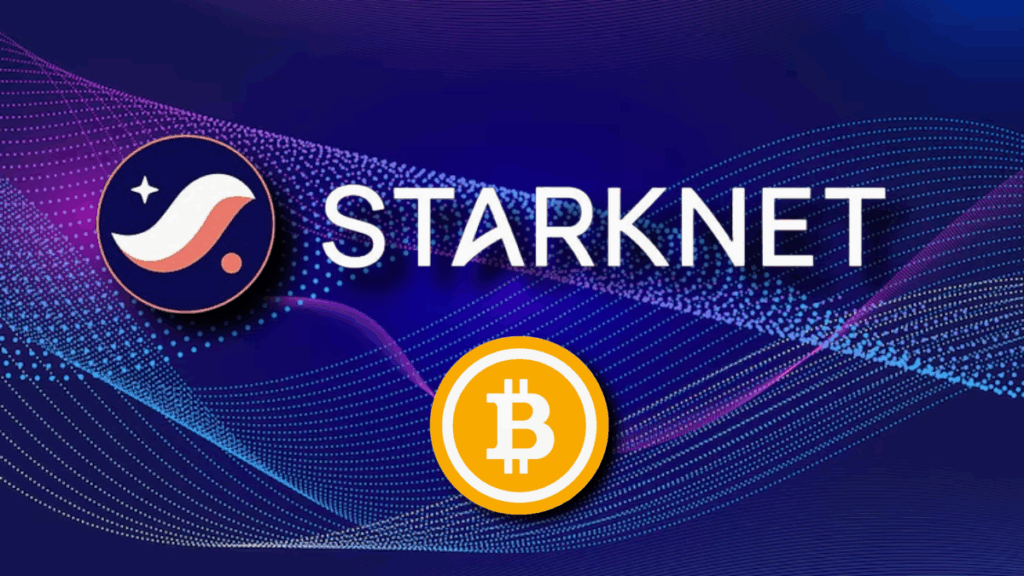TL;DR
- Starknet’s governance has officially approved SNIP-31, allowing Bitcoin to participate in network consensus alongside STRK tokens.
- Tokenized BTC representations, including WBTC, tBTC, LBTC, and SolvBTC, will be supported, giving Bitcoin up to 25% of consensus power.
- The network plans to launch the feature in the coming weeks as part of the broader v0.14.0 upgrade, which also includes transaction efficiency improvements and expanded utility for STRK.
Starknet is set to activate Bitcoin staking following SNIP-31 approval, enabling BTC to play an active role in consensus alongside STRK. The network, a zero-knowledge Ethereum Layer 2 rollup, will allow tokenized Bitcoin—including Wrapped Bitcoin, Liquid Bitcoin, tBTC, and SolvBTC—to contribute to network validation.
Each BTC representation will share governance rules to ensure technical and custodial reliability, while the staking weight cap ensures STRK remains central to security. Users can now access simplified staking dashboards, helping both new and experienced participants easily delegate their BTC and STRK assets, strengthening overall engagement.
Bitcoin Staking Expands STRK Utility And Network Security
Under the new parameters, Bitcoin’s staking power weight is set at 0.25, giving BTC up to 25% influence in total consensus power, with the remaining 75% allocated to STRK. Users who hold approved BTC wrappers can delegate or stake these tokens, earning protocol rewards while participating in network security.
The move integrates BTC into Starknet’s multi-asset staking model and complements ongoing efforts to grow developer engagement and expand the ecosystem of decentralized applications. Starknet also plans educational campaigns to guide token holders on staking mechanics, safety measures, and expected rewards.
Starknet’s upcoming v0.14.0 upgrade, slated for September 1, introduces additional technical enhancements alongside Bitcoin staking. Features include decentralized sequencing, pre-confirmations, and an EIP-1559-inspired fee system designed to increase transaction speed and predictability. These updates aim to reduce block times while maintaining cost efficiency, reflecting Starknet’s commitment to both security and usability for developers and users alike. The upgrade will also provide better monitoring tools for validators and BTC stakers, improving transparency across the network.

Industry Momentum Signals Growing Bitcoin Liquidity In DeFi
Adding BTC to staking aligns with broader trends in decentralized finance, where protocols are increasingly mobilizing Bitcoin liquidity. Projects like Babylon, BTCfi on Sui, and Stacks illustrate the growing opportunities for BTC holders to earn yield while supporting network security.
By allowing multiple BTC representations at launch, Starknet mitigates risks associated with individual wrappers and custodians, while reinforcing STRK’s central governance role. Analysts suggest that integrating BTC into Layer 2 consensus could also influence correlations between STRK demand and Bitcoin activity, driving participation incentives across the network.











